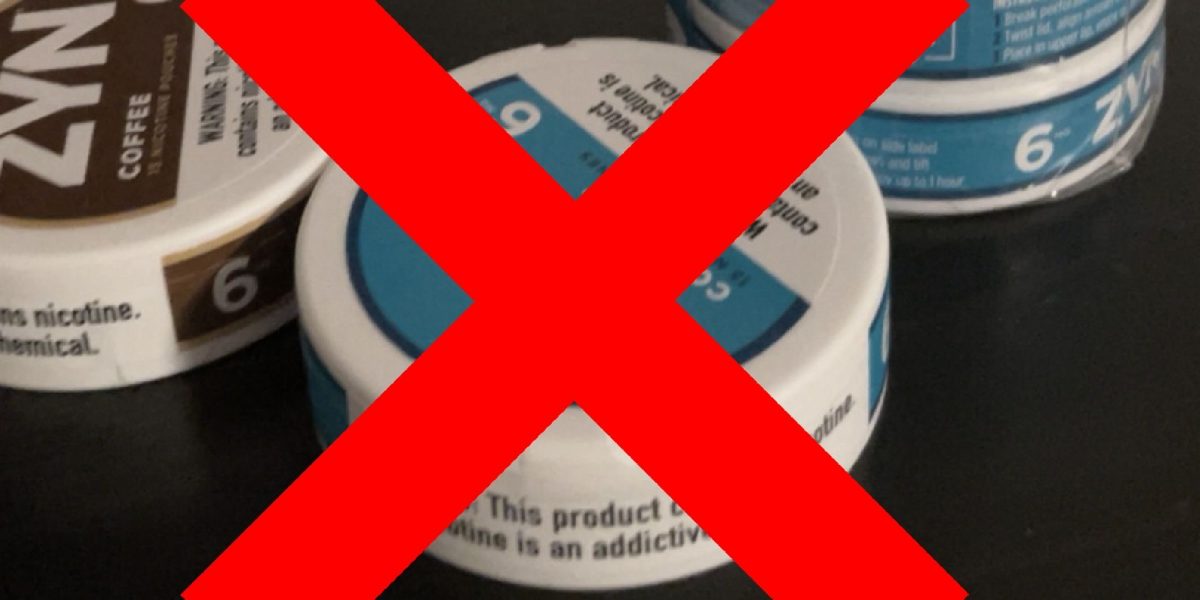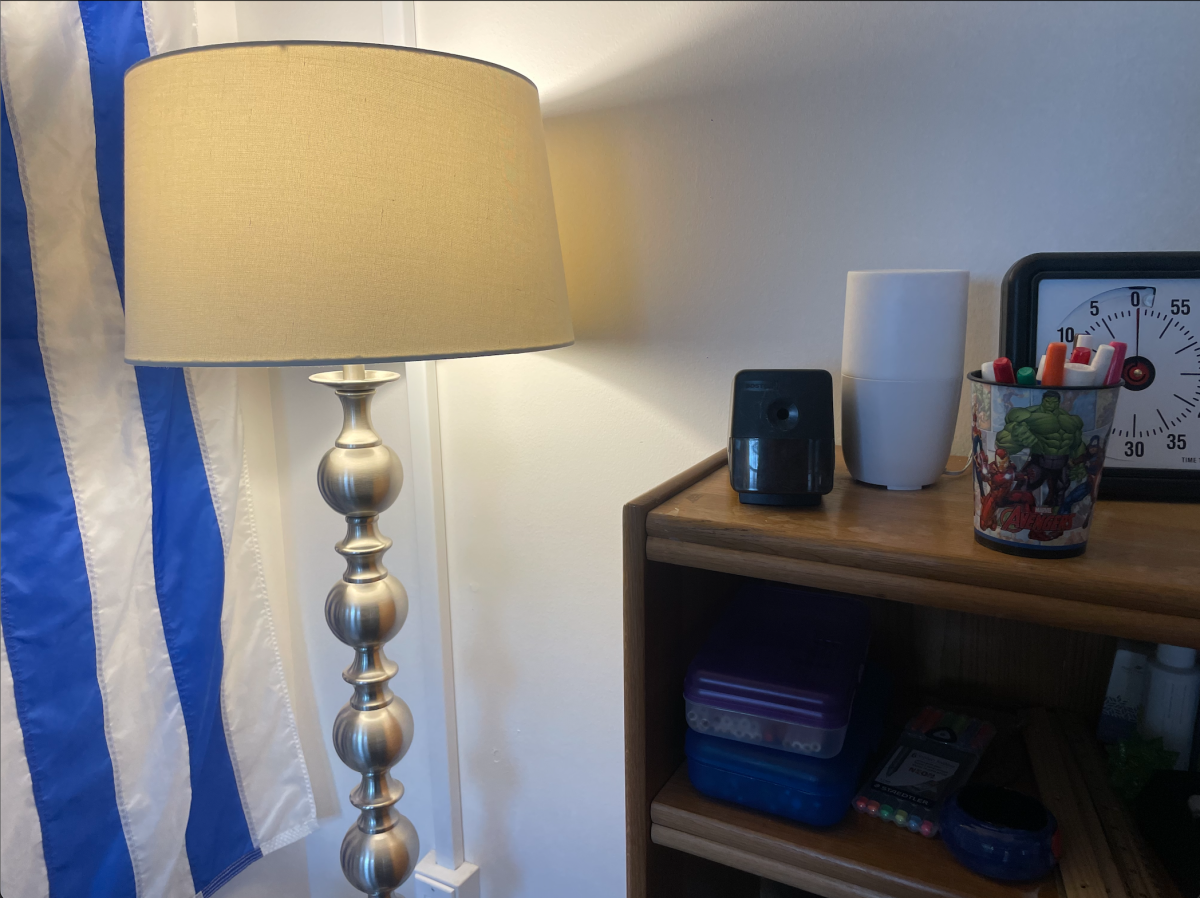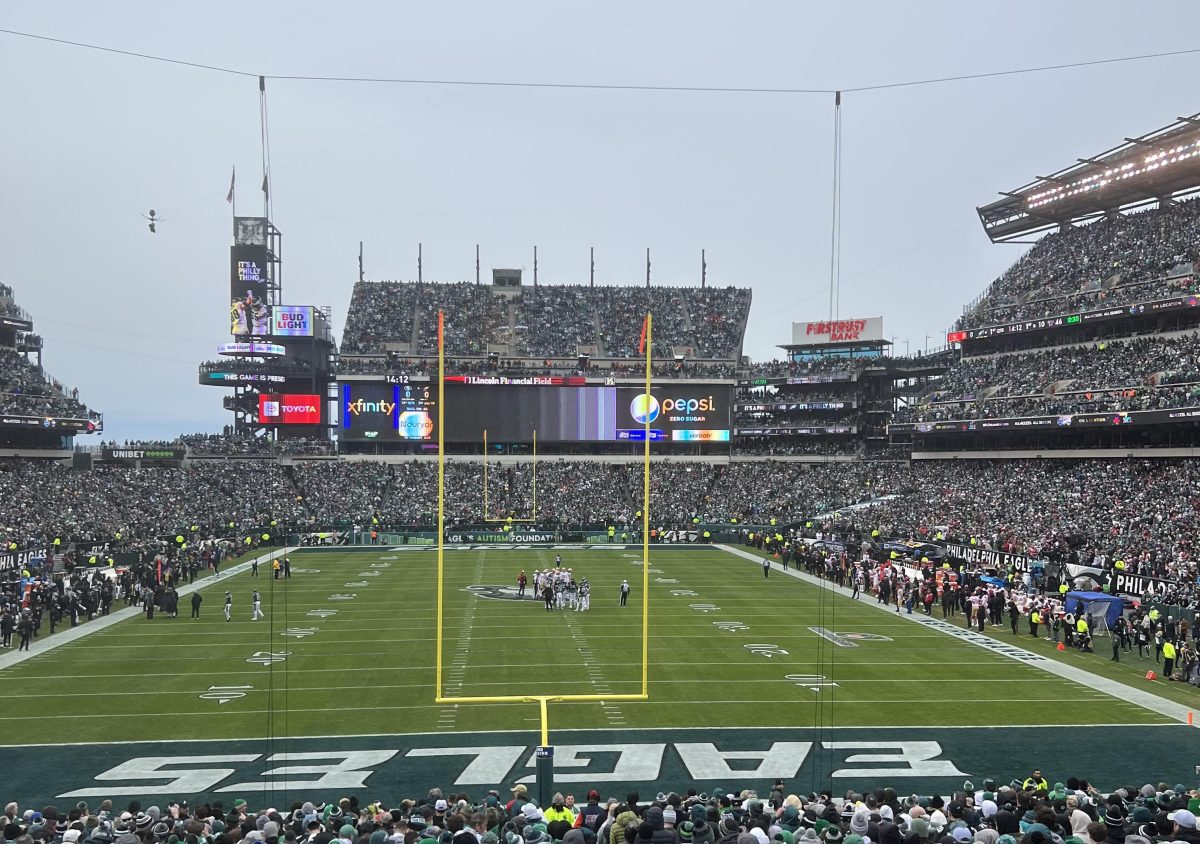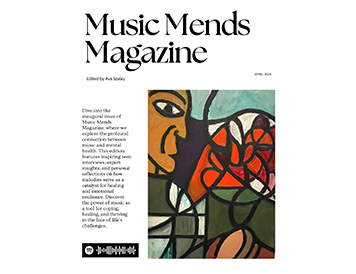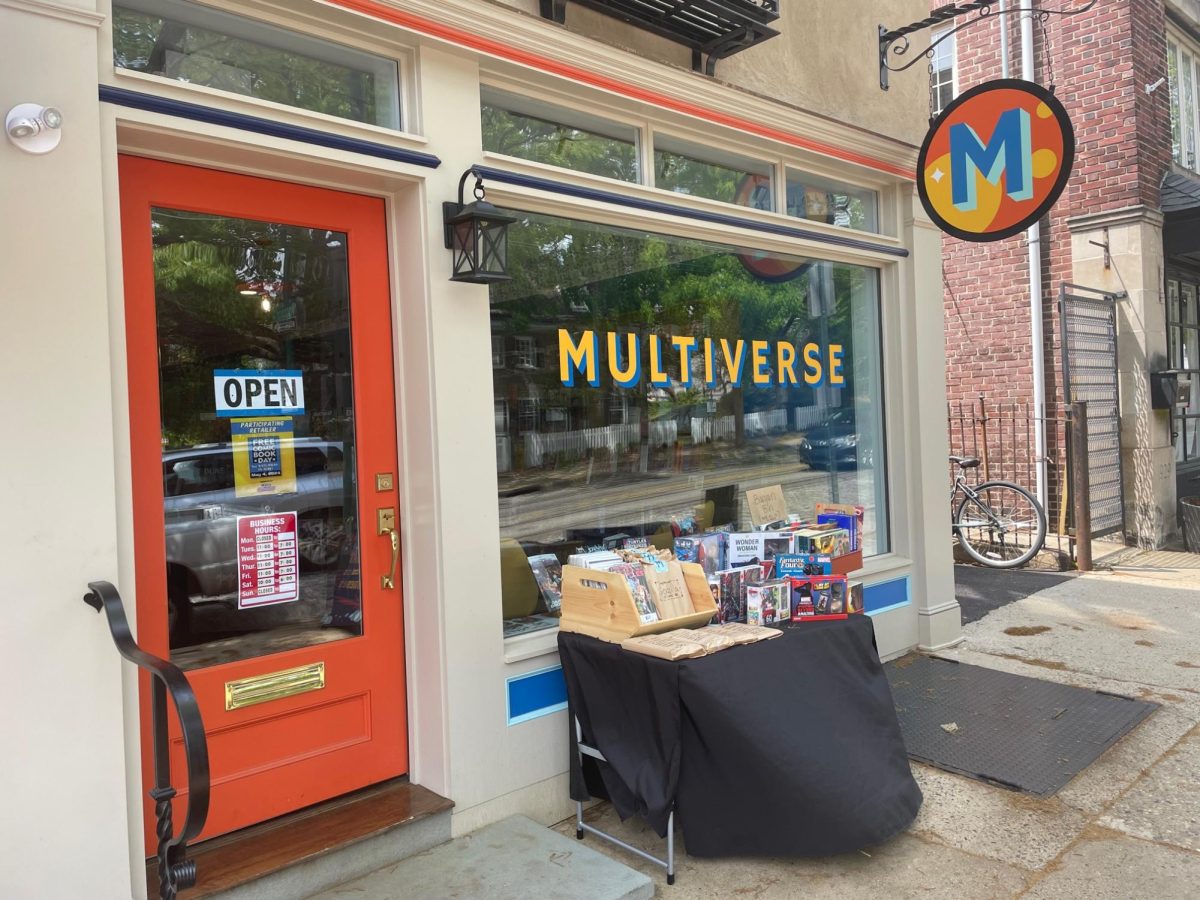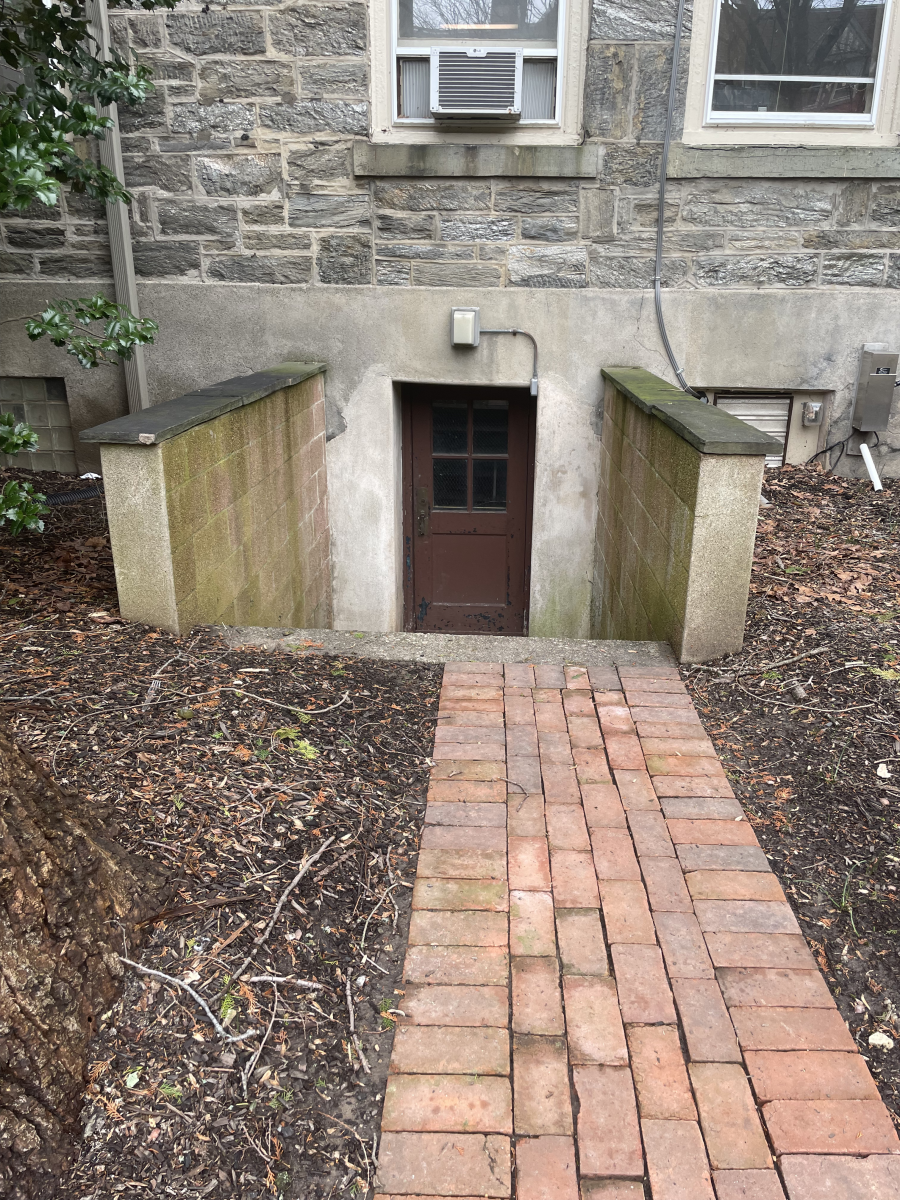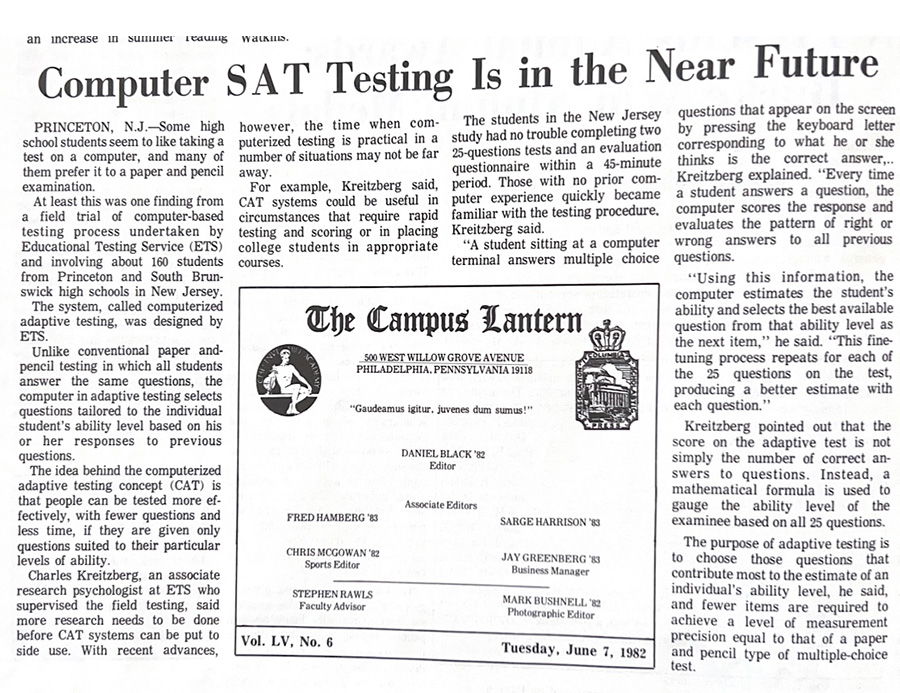If you are a woman or someone with a uterus you know the ins and outs of menstruation. For those who may not, every 20-28 days (about 4 weeks) for a substantial portion of someone’s life who menstruates, the lining of the uterus sheds and this is what a period is. On top of this, there are hormonal changes, abdominal cramps, emotional shifts, and more. During this time, one might use tampons, pads, or liners as an aide. The average cost of tampons and pads is $6-$8, not including panty liners, for people who menstruate–which is not a choice—to have to spend around $6,000 in their lifetime is absurd. The cost and taxation of period products is a capitalist strategy to force menstruating individuals to pay for something that is a necessity for proper health; also, people in vulnerable circumstances are disproportionately affected.
Who does the cost of tampons and pads affect the most? Per Endhomelessness.org, as of 2022, there are currently 222,970 women experiencing homelessness. On top of the stress that is homelessness, women must figure out how they will care for themselves during menstruation. Without the proper care, sanitation, and tools, infections can arise. Because of this risk of infections, tampons and pads can be considered preventative healthcare. In reference to the World Bank, “Studies have found that giving out sanitary pads to girls leads to a significant reduction in sexually transmitted infections and bacterial vaginosis (Benshaul Tolonen et al. 2019; Phillips-Howard et al. 2016).” Bacterial vaginosis or BV is an overgrowth of bacteria in the vagina. This is a prime example of pads acting as preventive healthcare because of their protection from infection. Along with BV and STIs, there is an infection called Toxic Shock syndrome, which can happen if a tampon is not removed in the proper window of time, which is not exactly safe. This can happen if someone is trying to make a tampon stretch over its recommended time because of its costs. The current cost and tax placed on feminine care products in the U.S makes them a luxury rather than being treated as a necessity.
On top of the physical health risk of lack of affordable period products, individuals’ mental health is at risk. Jhumka Gupta, an associate professor of public health at George Mason University, researched the lack of period products and their effects. In reference to an interview, Gupta did with NBC, it said, “Gupta’s research has shown that not being able to afford menstrual products is linked to a higher likelihood of depression.” With the information given at this point piece, the lack of affordable tampons and pads is detrimental to someone’s mental and physical health. Which is why it is imperative that these items become more accessible. To someone who does not experience periods, it can feel like a small issue but for individuals who menstruate it can make all the difference.
I collected peer data among the Juniors and Seniors of SCH. Of the 15 people I asked about the cost of feminine care products, they all stated that they were overpriced and needed to be cheaper or free. One student noted that when she starts her period, she must buy not just tampons but pads and panty liners as well and this sets her back around $50. As something as necessary as tampons, pads, and liners, $50 is a lot to pay. As I previously mentioned, women who are experiencing homelessness are affected the most by these taxes and costs. Let us say a woman who is currently unhoused and loses her job needs to buy all three products like the student. Would she have 50 dollars to spare? This might put her in the position of having to choose between her vaginal health and nutritional health when it comes to buying food.
NBC News stated that, in the United States, 21 states have a tax on period products of 4%-7% on top of the already high price. Among the 21 states, a large chunk are Republican states. I will not say that there is a correlation, but it also is not exactly a coincidence. Republican values align more with capitalism and part of the issue with tax and prices is capitalism. If period products were to be made free, people would wreak havoc about their taxes, and that we would be approaching socialism. But I raise the question of would it be the end of the world if all people who menstruate were able to afford to take care of their vaginal health and well-being? The tax is only there for the simple fact it boosts revenue. There is no other logical reason. I know some of you may be reading this with the effect of the economy in mind if the tax is removed. However, according to the World Bank, “Improving menstrual hygiene and providing access to affordable menstrual materials can help improve girls’ and women’s access to education, opening more options for jobs, promotions, and entrepreneurship, thus unleashing female contributions to the overall economy, rather than keeping them at home. In addition, feminine hygiene products are a multibillion-dollar industry, which, if properly tapped into, can generate income for many and significantly boost economic growth.” Many women must stay home out of fear because they do not have enough money to afford products to keep them clean throughout the day. Take Jhumka Gupta for example, she states in an interview with NBC, “‘…Or, when I’m in class, I might be concerned about bleeding through clothes — so do I go to class or do I just skip it?’”
Now that we have explored the issues with the cost and tax on period products. You may be thinking ‘Well what now?’ It is true that in our society making these items completely free is not realistic but removing the tax and making them more affordable is. For half of the population to spend 6,000 dollars on something vital is not true gender equality; and if society wants to move in the right direction, it is something that needs to happen.
Bibliography
“Where Tampons, Pads and Other Period Products Are Taxed: Map.” NBCNews.Com, NBCUniversal News Group, 2024, www.nbcnews.com/health/womens-health/where-tampons-pads-period-products-are-taxed-map-rcn a132874. Accessed 13 Feb. 2024.
“State of Homelessness: 2023 Edition.” National Alliance to End Homelessness, 2024, endhomelessness.org/homelessness-in-america/homelessness-statistics/state-of-homelessness/. Accessed 12 Feb. 2024.
D’Souza, Deborah. “Tampon Tax: An Explanation, Overview, and History.” Investopedia, www.investopedia.com/tampon-tax-4774993. Accessed 14 Feb. 2024.
“Menstrual Health and Hygiene.” World Bank, World Bank Group, 30 May 2023, www.worldbank.org/en/topic/water/brief/menstrual-health-and-hygiene. Accessed 13 Feb. 2024.



